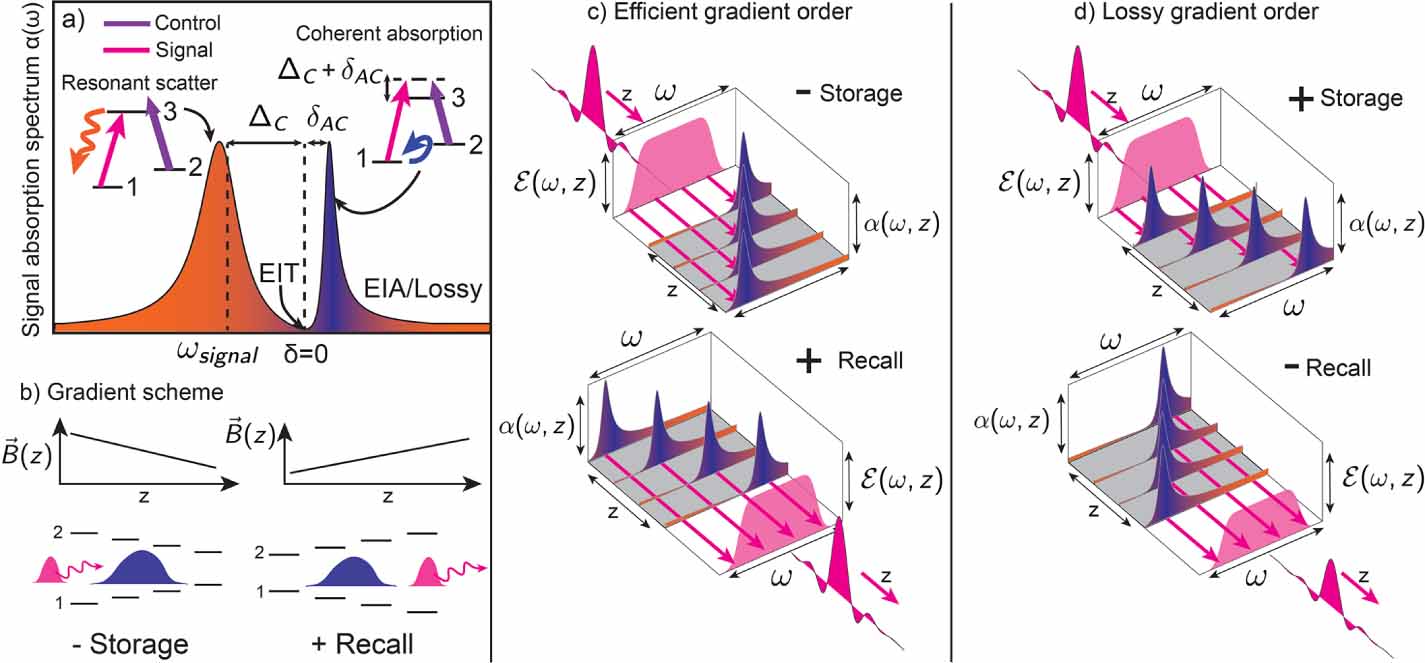Speaker
Description
Optical quantum memories are an essential optical technology with applications in quantum communications and networking, quantum sensing and optical quantum computing. Ensemble optical memories rely on a controllable, coherent interaction between light and a long-lived electronic state, with the light absorbed into and regenerated from a collective excitation of the ensemble of emitters. Ensemble optical memories based on 3-level interactions are a popular basis for implementing these memories. In previous work with Raman gradient echo memory (GEM) an efficiency of 87% was demonstrated first with warm vapour and then cold thermal atoms. GEM combines the off-resonant Raman interaction with a frequency gradient along the length of the atomic ensemble, typically a Zeeman shift due to a magnetic field gradient. One of the most important metrics for a quantum memory, when considering practical deployment, is the combined efficiency of the storage and recall process. This efficiency places hard limits on a platforms utility and has ultimately prevented many platforms from surpassing a simple fibre spool. When seeking high efficiency scattering loss is often a major concern, with mitigation strategies generally involving increasing the detuning from the intermediate state.
In this work, we show how electromagnetically induced transparency adjacent to the Raman absorption line plays a crucial role in reducing scattering loss (See Figure 1.), so that maximum efficiency is in fact achieved at a moderate detuning. Furthermore, the effectiveness of the transparency, and therefore the efficiency of GEM, depends on the order in which gradients are applied to store and recall the light. We present theoretical simulations and experimental results that demonstrate this concept and further working towards relaisable ensemble quantum memories.


